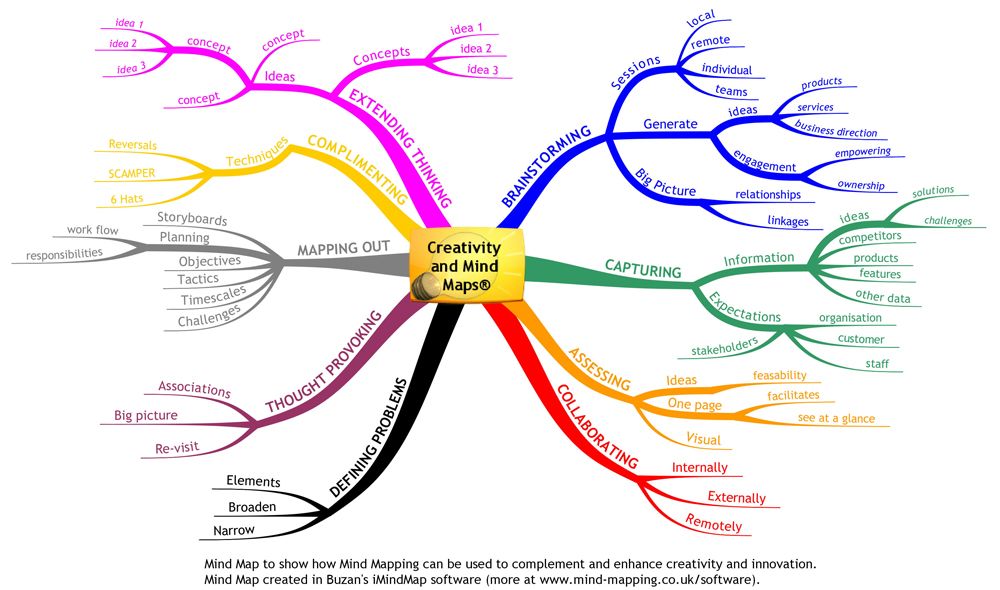Mind mapping is a powerful tool that can revolutionize the way we learn and organize information. It is particularly beneficial in alternative schooling and education, where creativity and individuality are valued. By visually representing ideas, connections, and concepts, mind mapping stimulates critical thinking, enhances memory retention, improves problem-solving skills, and encourages holistic learning.
At its core, mind mapping involves creating a diagram that represents a central idea or topic using branches to connect related ideas or subtopics. These branches can then be further expanded upon with additional sub-branches to create a comprehensive representation of the subject matter. The visual nature of mind maps allows learners to see the bigger picture while also exploring intricacies within each branch.
One of the key advantages of mind mapping is its ability to engage both hemispheres of the brain. Traditional note-taking often relies heavily on linear thinking and left-brain dominance. In contrast, mind maps stimulate right-brain activity by incorporating images, colors, symbols, and non-linear connections between ideas. This balanced approach taps into our natural cognitive processes and enhances our ability to understand complex concepts more effectively.
Furthermore, mind maps encourage active learning by promoting interactivity and collaboration among students. In group settings or classrooms with multiple learners working on a shared topic, mind maps serve as visual tools that facilitate discussion and exchange of ideas. Each participant can contribute their thoughts by adding branches or annotations to an existing map in real-time or during brainstorming sessions.
For students who struggle with organizing their thoughts or breaking down complex subjects into manageable chunks, mind mapping offers an invaluable solution. The hierarchical structure of a mind map provides clarity by breaking down information into easily digestible segments while maintaining interconnectedness between them.
In addition to aiding traditional academics like science or history lessons, mind mapping can also support creative endeavors such as writing stories or planning artistic projects. Artists can use it for brainstorming new ideas or arranging elements for compositions; writers may employ it for outlining plots or mapping character relationships. The flexibility of mind mapping makes it applicable across a wide range of subjects and disciplines.
In conclusion, mind mapping is a versatile and effective tool that promotes critical thinking, aids memory retention, encourages creativity, and facilitates collaborative learning – making it an ideal fit for alternative schooling and education. By embracing this method, educators can empower students to take ownership of their learning journey while fostering a holistic understanding of various subjects. Whether used individually or collectively in group settings, mind maps are a powerful means to enhance the educational experience by providing structure while allowing for exploration and creativity.

Leave a comment